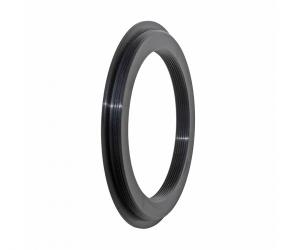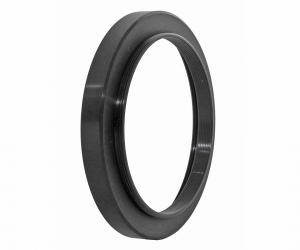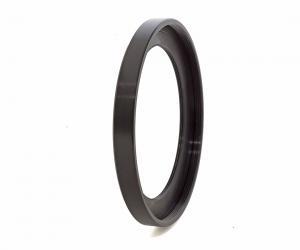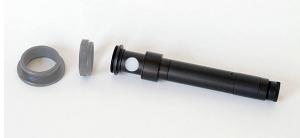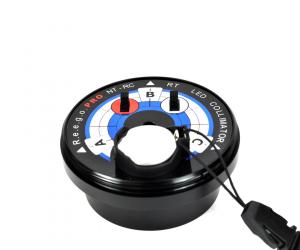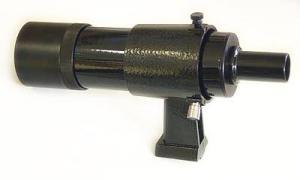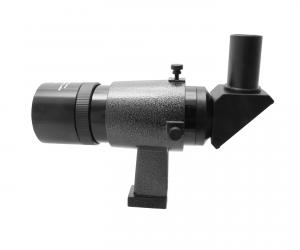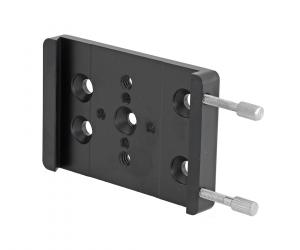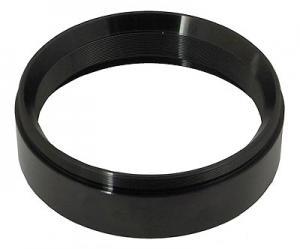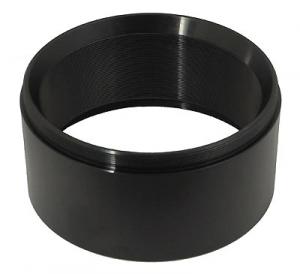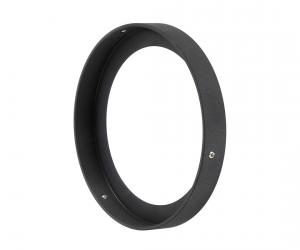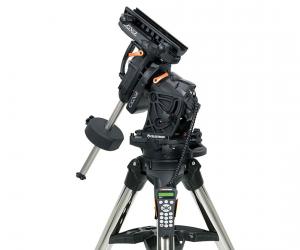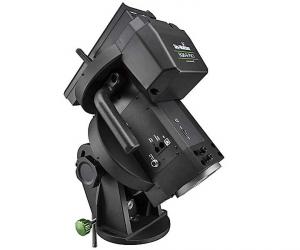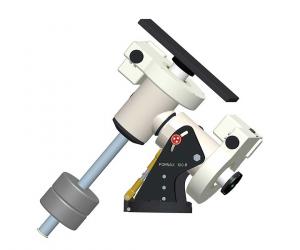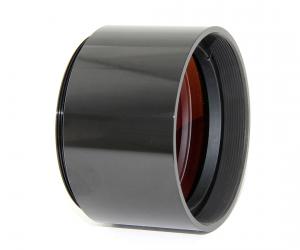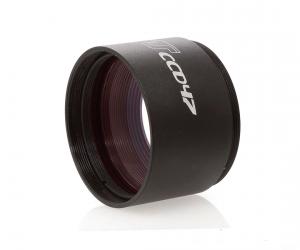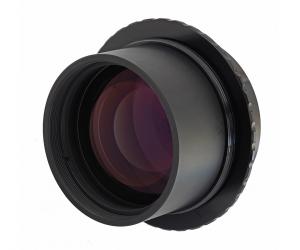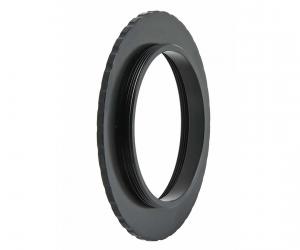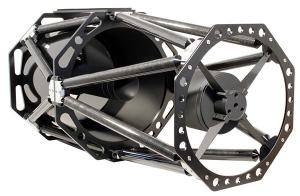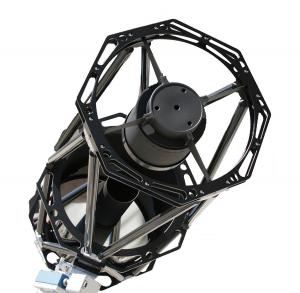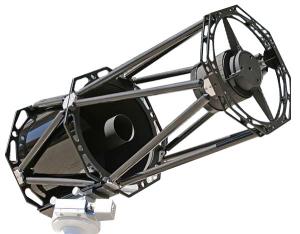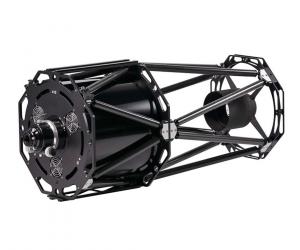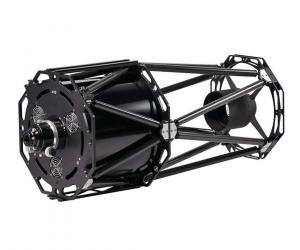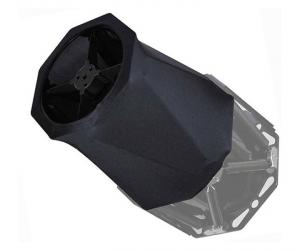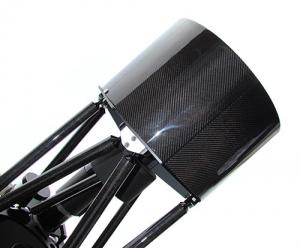- Telescopes
- Overview:
Telescopes - Achromatic Refractor
- Apochromatic Refractor
- Overview:
Apochromatic Refractor - ED Refractor - less color aberration than an achromatic
- SD APO - color free 2-element APO objective
- EDT APO - 3 element ED objective
- High End APO with 3-element APO objective - no color aberation
- Flatfield APO with flat field for Astrophotography
- All Apos and EDs from all manufacturers - large overview
- TS APO and ED from Japan with high quality optics
- Overview:
- Newtonian Telescopes
- Dobsonian Telescopes
- RC Ritchey Chretien Telescopes
- Casssegrain Telescopes
- Reflektor Telescopce with Lens Correcture
- Maksutov Cassegrain Telescopes
- GoTo Telescopes
- Solar Telescopes H-Alpha
- Overview:
- Mounts Tripods Rings Rails Power Supply ...
- Overview:
Mounts Tripods Rings Rails Power Supply ... - Mounts Equatorial with GoTo
- Mounts Equatorial without GoTo
- Mounts Azimutal with GoTo
- Mounts Azimutal without GoTo
- Mounts GoTo - Harmonic Drive
- Travel mounts for astro imaging
- Tripods Piers Polar Wedges
- Mount Control & Electronics
- Dovetail Clamps, Plates and Mount Adapters
- Tube Rings
- Power Supply
- Counterweights Balance Weights
- Mount Accessories - Other
- Overview:
- Telescope Accessories
- Overview:
Telescope Accessories - Eyepieces
- Barlows & Reducer Lenses
- Diagonal Mirrors and Prisms
- Binocular Viewers
- Finder Scopes
- Telescope Collimation and Test
- Cleaning Tools
- Transport and Storage
- Dust protection for Telescopes & Accessories
- Stray Light Protection
- Dewcaps and Heater
- Focusers, Adapters, Motorfocus
- Telescope DIY & Improvement
- Other telescope accessories
- Replacement Parts
- Overview:
- Filters
- Overview:
Filters - Color Filters and Color Filtersets
- Nebular Filters for Visual Observing
- Neutral-Density and Polfilter
- Photo Narrowband Nebular Filters
- Photo Broadband Filters
- Photo Planetary Filters
- Photo R-G-B and IR Cut Filters
- Photo - Filtersets
- Photometric Filters
- Clip Filter for DSLR Cameras
- Filter Wheels and Filterslider
- Solar Filters for white light
- Solarfilter for H-Alpha and Calcium
- Overview:
- Adaptors
- Overview:
Adaptors - Adapter 1,25" and 24,5mm
- Adapter 2"
- Adapter T2 - M42x0.75
- Adapter M48x0,75
- Adapter M54
- Adapter SC
- Adapter M63
- Adapter M68
- Adapter to other Threads
- Adapter Extensions
- Adapter camera bayonet
- Adapter Objective Filterthread
- Adapter Quick Changing , Rotation
- Adapter Eyepiece Projection
- Adapters Tilting
- Overview:
- Astrophotography and Photography
- Overview:
Astrophotography and Photography - Cooled Cameras
- Cameras without Cooling
- Deep-Sky Cameras uncooled
- Set-Offers Camera, Filter, Wheels
- Acessories for Cameras
- Travel mounts for astro imaging
- Imaging Correctors for Telescopes
- Autoguiding Cameras & Sets
- Everything for Guiding
- Focusing aids - Bahtinov mascs
- Flat Field foils and boxes
- Lenses for Cameras
- Piggyback Camera Holder
- Camera Bags, Photocases & more
- Digital Camera and Smartphone Adapter
- Other photo accessories
- Overview:
- Binoculars, Spotting Scopes, Microscopes, Range Finders
- Overview:
Binoculars, Spotting Scopes, Microscopes, Range Finders - Spotting Scopes and Acessories
- Roof Prism Binoculars
- Binoculars with Porro prisms
- Binoculars from 100mm Aperture
- Binoculars with 1,25 inch eyepieces
- TSMX APO Binoculars
- Binoculars for Astronomy
- Binoculars Hiking Bird watching
- Monoculars - Opera Binoculars
- Accessories for Binoculars
- Range Finders
- Microscopy
- Bags for Phototripods & Binoculars
- Overview:
- Phototripods and Binomounts
- Books, Software
- Overview:
Books, Software - Books for Astronomy Beginners
- Star Charts and Planispheres
- Books about our Solar System
- Observing Tips for Amateurs
- Popular Astronomy Literature
- Teaching material
- Astrophotography books
- Telescopes, Observatories, Construction
- Calendars Yearbooks
- Software, Star Charts
- Books for Microscopers
- Books Nature and Animals
- Nature Photography TimeLapse
- Overview:
- Night Vision, Magnifiers, Weather, Domes & more
- Beginner Astronomy and Gift Ideas
- Second Hand & Special Offers
- New products
Manufacturer: -TS Teleskope
Product number: GSRC16TG2
EUR7373.00new
EUR 7.373,00RRP EUR 8.990,00you save 18% (EUR 1.617,00)
incl. 19 % VAT (DE)
The VAT indicated refers to that applicable in Germany. After logging in, the VAT amount is adjusted to the applicable VAT of the stored delivery country. Therefore, the final price may vary accordingly.
excl. 54.94 € shipping costs (DE)
more details to the shipping costs ...Please log in to calculate shipping costs to your country.
Product expected to be available from 15.02.2026
There are no reviews for this product
- Details..
- Technical data..
- In the box..
- Reviews..
- Download..
- Manufacturer infos..
- Safety informations..
TS-Optics 16" f/8 RC Ritchey-Chrétien telescope with carbon truss tube
The telescope is optimized for astrophotography with fixed installation in observatories. It is manufactured by GSO for Teleskop-Service. The hyperbolic optics and the improved mechanics ensure a large, well illuminated, photographically usable field of view. The tube weight is around 42 kg. The tube is supplied with a Losmandy style dovetail bar on both sides. With a length of approx. 1300 mm, the 16? RC still has room in compact observatories.The 16"-f/8-RC astrograph illuminates about 60 mm field very well. Without corrector lens, you have a field of approx. 40 mm diameter with very good correction. You have a pure reflection system, so you do not need an IR cut filter and can also use the infrared light of the objects, for example. After all, the sensors are relatively sensitive in this range. For larger cameras, we offer correctors and focal reducers that are designed for RC telescopes.
The advantages of the TS-Optics RC Telescopes at a glance:
The improved focuser - Gen 2:
The focuser has been significantly improved and offers greater accuracy and significantly improved rigidity. The focuser focuses without any problems even under high weight loads.
Astrophotography through the RC telescope:
Thanks to the large corrected field of view of the RC telescopes, you can, for example, take photos with SLR cameras up to APS-C format without a corrector. The RC is therefore a pure mirror system for astrophotography. The images are ultra-sharp. For images directly in focus, you will need the M117x1 extension tubes, which are included in the scope of delivery. These are screwed between the telescope and the focuser and thus reduce the back focus. The generous back focus also allows the connection of correctors, which we recommend from the use of full-frame sensors. You can also connect a focal reducer to increase the speed of the RC.
The carbon tube with stainless steel and aluminum connections:
 The tube combines the advantages of a carbon tube in terms of temperature stability with the rigidity of a full tube. Refocusing is not necessary when the temperature changes.
The tube combines the advantages of a carbon tube in terms of temperature stability with the rigidity of a full tube. Refocusing is not necessary when the temperature changes.Primary mirror ventilation for quick cooling:
Quartz glass mirrors have no problems with focus drift, but they still have to be adapted to the temperature, otherwise they give off heat and cause tube seeing. Three fans at the back of the mirror accelerate this process.
Primary mirror and secondary mirror made of quartz glass:
Quartz glass does not change its properties with temperature differences. If the temperature drops slowly during the exposure, other mirror materials, such as Pyrex, cause the mirror to deform and the focus to shift. This problem does not exist with quartz glass mirrors. The focus is therefore held better, which is very important for long exposures. Both mirrors are 94 % reflective. The image is noticeably brighter than with telescopes with only 90 % reflective coating.
The advantages of TS RC telescopes for astrophotography:
The TS RC astrographs are true Ritchey-Chrétien telescopes. Maksutovs and Schmidt-Cassegrains have spherical mirrors and need correctors for making a large field usable. With Schmidt-Cassegrains, you can see the aberrations in the field even when working visually. Most times, Maksutov-Cassegrains are so slow that they are not suitable for astrophotography. RC telescopes have hyperbolical primary and secondary mirrors. They are more difficult to manufacture, but offer a significantly sharper field with less aberrations throughout the field.
Why is the RC Telescope superior to Schmidt-Cassegrain telescopes with correctors:
Celestron EHD or Meade ACF telescopes need a corrector. Additionally, these telescopes have a Schmidt plate at the front side which is prone to dew. The RC is a pure reflection system without lenses in the light path. Thus you can use the complete light even in the infrared range. The image is brighter and the exposure times get shorter. The field of an RC telescope is coma-free by design and relatively flat.
No shifting problem with TS RC telescopes:
Telescopes with focusing via movable primary mirror often suffer from the shifting problem. The image shifts while focusing or even jumps. By now, Meade and Celestron have the problem under control, but the effect is noticable nonetheless. TS RC telescopes do not have this problem, as their primary mirror is fixed. Focusing is done via a high-quality focuser. An additional advantage is the optimal distance from primary to secondary mirror. This gives you the guarantee of the best possible image. If the primary mirror moves relatively to the secondary, you will practically never have the optimal distance.
Astrophotographic results obtained with this telescope on Astrobin:
The RC telescopes are very well suited for astrophotography. Here you can find some astrophotographs made with this telescope model: Link to Astrobin
Video with information about RC telescopes:
On our YouTube account you will find a video about the characteristics of the Ritchey-Chrétien telescopes in general and the features of the GSO RCs in particular, as well as suggestions for accessories:
Adjusting the RC telescope:
We recommend the TSRCKOLLI or a collimating telescope for adjusting the telescope. These tools are linked in the "Cleaning & Collimating" section.
Instruction video:
Teleskop-Service has created an instruction video about collimating an RC telescope:
| Optics: | RC (Ritchey-Chrétien) optics |
| Aperture: | 406 mm / 16" |
| Focal length: | 3250 mm |
| Focal ratio: | f/8 |
| Reflectivity: | 94% enhanced reflectivity |
| Back focus: | 306 mm from the back of the tube |
| Obstruction due to secondary mirror: | approx. 191 mm |
| Connection thread tube to focuser: | 117 mm |
| Connection eyepiece side: | 2" and 1.25" receptacle |
| Additional thread: | M77x0.75 female thread on the draw tube and M74x0.75 male thread |
| Dovetail bars: | 2x Losmandy style |
| Tube: | Carbon truss tube |
| Tube diameter: | 565 mm |
| Tube length: | 1114 mm without focuser |
| Weight: | 37 kg |
| Shipping dimensions box: | 141 x 74 x 69 cm |
| Gross weight box: | 50 kg |
Astrophotographic results obtained with this telescope on Astrobin
The RC telescopes are very well suited for astrophotography. Here you can find some astrophotographs made with this telescope model: Link to AstrobinVideo with (not only) detailed views
Our customer Michael Pagitz has created a video in which he shows the telescope in his observatory in great images. We are happy to publish it:| Manufacturer / Importeur: | Teleskop-Service Ransburg GmbH |
| Street: | Von-Myra-Str. 8 |
| ZIP / City: | 85599 Parsdorf |
| Country: | germany |
| Telefon number: | +49 89 99228750 |
| Email: | info@teleskop-service.de |
| Website: | www.teleskop-express.de |
Safety informations: PDF Download
Recommended accessories
Adaptors
Cleaning & Collimating
Finder & Accessories
TS-Optics 8x50 Finder - straight view, black colour and with adjustable bracket
EUR 69,00RRP EUR 89,00you save 22.5% (EUR 20,00)
TS-Optics 8x50 Finder - with Bracket - black colour - 90° angled
EUR 98,00RRP EUR 109,00you save 10.1% (EUR 11,00)
TS-Optics FDA Accessory Clamp for Losmandy Style Dovetail Bars
EUR 29,90RRP EUR 33,00you save 9.4% (EUR 3,10)
General Accessories
TS-Optics 25 mm Extension Adapter for M117x1 thread
EUR 39,00RRP EUR 79,00you save 50.6% (EUR 40,00)
TS-Optics 50 mm Extension Adapter for M117x1 thread
EUR 59,00RRP EUR 85,00you save 30.6% (EUR 26,00)
ZWO EAF focus motor with USB-C connection for power supply and data transfer
EUR 239,00RRP EUR 257,00you save 7% (EUR 18,00)
Mounts
Photo Acessories
Similar Products
TS-Optics GSO 12 inch f/8 Ritchey-Chretien Astrograph - carbon truss tube
EUR 3.990,00RRP EUR 4.590,00you save 13.1% (EUR 600,00)
TS-Optics GSO 14" f/8 RC telescope Gen.2 with carbon truss tube and improved focuser
EUR 5.890,00RRP EUR 6.990,00you save 15.7% (EUR 1.100,00)
TS-Optics GSO 355 mm f/8 RC Telescope - Gen. II - Lightweight Truss OTA
EUR 6.455,00RRP EUR 7.250,00you save 11% (EUR 795,00)
TS-Optics GSO 406 mm f/8 RC Teleskop - Gen. II - Lightweight Truss OTA
EUR 9.990,00RRP EUR 11.245,00you save 11.2% (EUR 1.255,00)
Transport & Covers
Astrozap Light Shroud for 16" RC TRUSS Telescopes from TS, Astrotec, GSO ...
EUR 189,00RRP EUR 211,00you save 10.4% (EUR 22,00)
Reviews
























